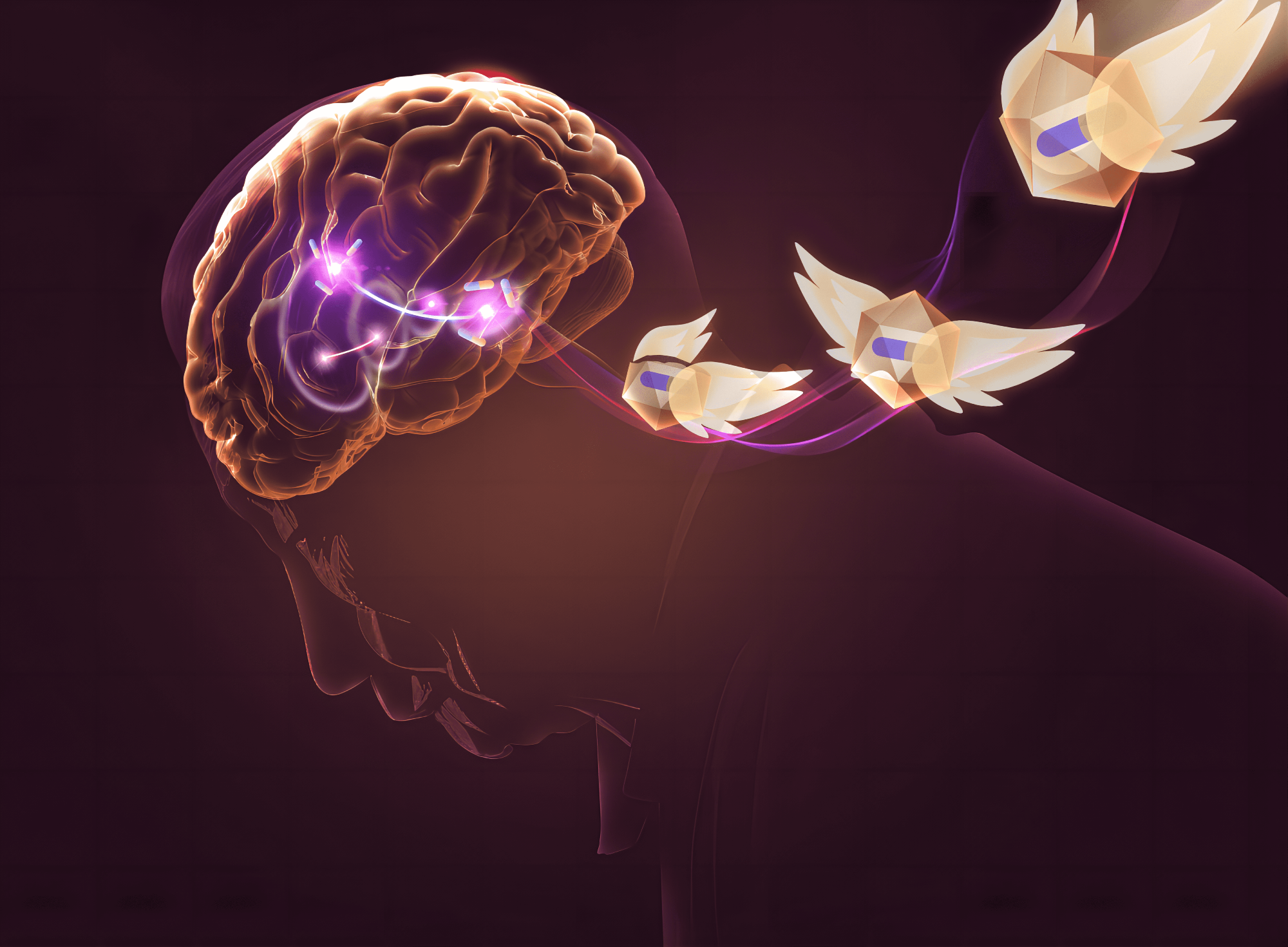Reviewed by Danielle Ellis, B.Sc.Nov 6 2023
A team of researchers from the Shenzhen Institute of Advanced Technology (SIAT) at the Chinese Academy of Sciences (CAS) and their collaborators have devised a gene therapy approach aimed at selectively manipulating the affected circuitry in Parkinson’s disease.
 Retrograde AAV selectively targets D1-MSNs and rescues Parkinsonian symptoms with chemogenetic modulation. Image Credit: Shenzhen Institute of Advanced Technology.
Retrograde AAV selectively targets D1-MSNs and rescues Parkinsonian symptoms with chemogenetic modulation. Image Credit: Shenzhen Institute of Advanced Technology.
This innovative strategy successfully mitigated the core motor symptoms of Parkinson's disease in both rodent and nonhuman primate models.
Their findings were recently published in the journal Cell on November 2nd, 2023.
Parkinson’s disease, characterized by the loss of midbrain dopaminergic neurons, is a prevalent neurodegenerative condition among the elderly, affecting over 6 million individuals worldwide.
In the striatum, two significant neuron types, dopamine receptor D1-expressing (D1-MSN) and D2-expressing (D2-MSN) medium spiny neurons, constitute about 90% of the neuron population.
Both D1-MSN and D2-MSN receive dopaminergic input from the substantia nigra pars compacta (SNc) but play opposing roles in controlling movement.
D1-MSNs, forming the direct pathway by projecting to the globus pallidus internal segment (GPi) and substantia nigra pars reticulata (SNr), promote movement, while D2-MSNs, part of the indirect pathway by projecting to the globus pallidus external segment (GPe), mediate movement inhibition.
In Parkinson's disease, the depletion of dopamine leads to reduced activity in the direct pathway and increased activity in the indirect pathway, resulting in various motor symptoms.
The mainstay therapy for Parkinson's disease, Levodopa (L-Dopa), helps restore dopamine system function but often leads to motor complications, such as motor fluctuations and dyskinesia, in long-term use. As a result, there is a pressing need for precise, efficient, and stable treatments.
The researchers proposed a strategy to selectively target and manipulate D1-MSNs, as these neurons exclusively project to the SNr. They achieved this by introducing highly efficient retrograde adeno-associated virus (AAV) into the SNr to label D1-MSNs, followed by the introduction of elements that regulate neuronal activity in the retrograde AAV.
To realize their goals, they developed a novel AAV capsid, AAV8R12, for effective retrograde labeling of D1-MSNs in the striatum, as well as a new promoter, G88P2/3/7, with strong D1-MSN activity.
Using a chemogenetic effector, rM3Ds, for systemic administration of the activation drug, their gene therapy approach specifically activated D1-MSNs, thereby promoting the D1-MSN-mediated direct pathway.
The results of this circuit-specific approach targeting D1-MSNs were highly promising in primate models with Parkinson’s disease. Typical motor symptoms such as bradykinesia, rigidity, and tremor were significantly improved. Bradykinesia was greatly reduced, tremor was entirely eliminated, and motor skills were restored.
In contrast to L-Dopa treatment, which non-specifically activates the dopamine system in both the brain and peripheral organs, this novel approach precisely manipulates the D1-MSN-mediated direct pathway.
Furthermore, this circuit-manipulating gene therapy exhibits a faster onset and longer duration compared to L-Dopa treatment. Symptom relief after a single drug administration lasted over 24 hours, in contrast to the typical 6-hour therapeutic window for L-Dopa.
Moreover, motor complications like dyskinesia, often observed with L-Dopa treatment, were absent during the extended treatment period, which spanned more than eight months.
Beyond its potential as a treatment for Parkinson’s disease, this circuit-manipulating gene therapy lays the groundwork for the development of targeted, circuit-based therapeutic strategies for other brain disorders.
Source:
Journal reference:
Chen, Y., et al. (2023) Circuit-specific gene therapy reverses core symptoms in a primate Parkinson’s disease model. Cell. doi.org/10.1016/j.cell.2023.10.004.